Skin Peeling: Causes, Symptoms, And How To Reduce It
From dryness to an underlying medical condition, there are many reasons for skin peeling.
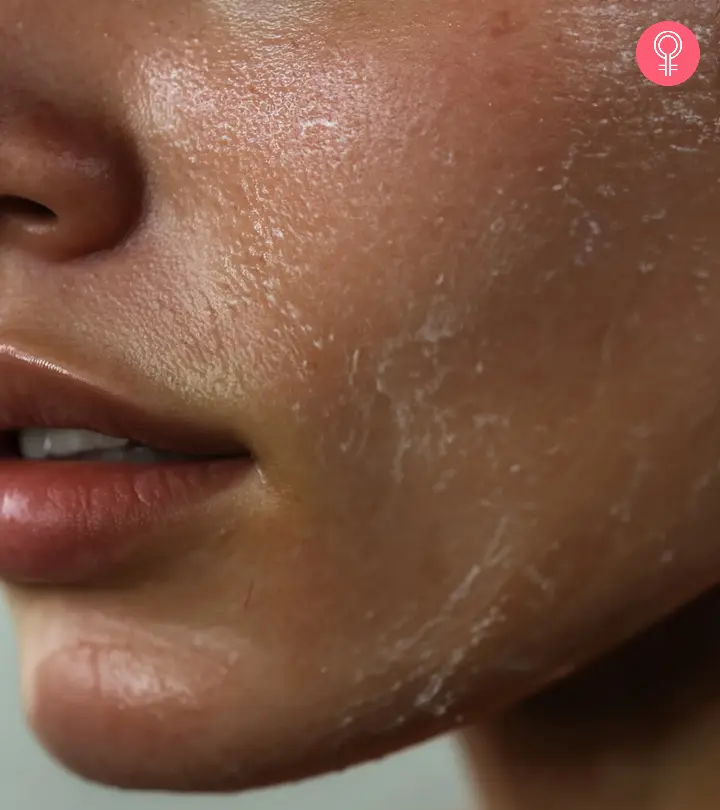
Image: Midjourney/ StyleCraze Design Team
Skin peeling is an annoying issue to deal with. It can be troubling and painful to some. Though most cases happen due to dryness or sun exposure, they can also be due to any serious underlying condition. So, what are the underlying conditions that cause your skin to peel? Read the article to know more about skin peeling, its causes, symptoms, and remedies that help you manage it. Keep reading!
In This Article
What Is Skin Peeling
Skin peeling is the loss of the outer layer of skin. It may be caused by a rare genetic condition, direct skin damage, or other underlying skin disorders. It may appear across the body or just on a few parts. Based on the cause, it may be treated with different medications, topical creams, and ointments.
Your skin contains cells called corneocytes that are joined by an intercellular matrix (1). Skin peeling happens when the cohesive forces joining these corneocytes loosen up.
Skin peeling is known to affect people and children of all ages. It may be inflammatory or non-inflammatory (2). Non-inflammatory skin peeling is caused mainly due to a cosmetic problem, while inflammatory skin peeling is often seen with atopy (genetic tendency to develop allergies). Skin peeling may also manifest as dry flakes or scales.
Your skin might be peeling off due to various reasons. Keep reading to know them.
Causes Of Skin Peeling

- Water Retention: The outermost layer of the skin retains water and offers barrier protection. When there is a reduction in water levels, the skin becomes dry and begins to peel.
- Corneocytes: An increase in the production of corneocytes may cause desquamationi The shedding or peeling of the outermost layer of skin or tissue caused by an injury or a disease. (3). As the corneocytes pile on the skin, they begin scaling or peel away.
- Age: As you age, your skin ages too. Aged skin does not retain water and may become dry.
- Medical Conditions: Skin peeling might be a rare hereditary autosomal recessive disorder if noticed right from birth (4), (5). This peeling disorder is characterized by skin peeling, blistering, redness, and skin itching. It might also be an acral skin peeling disorder (3). A recent study showed that frontline health workers handling coronavirus cases also showed signs of desquamation (6).
- Mechanical Factors: Research shows that exposure to water, heat, and sweat might cause the skin to peel as well (5). Too much UV radiation exposure may also lead the skin to severe dryness, redness, and peeling. Sometimes, humidity and winters can cause the skin to go dry and lead to flaking and desquamation. Here are some disorders that cause skin peeling:
-
- Athlete’s foot
- Atopic dermatitis (eczema)
- Contact dermatitis
- Cutaneous T-cell lymphoma
- Dry skin
- Hyperhidrosisi A condition in which malfunctioning nerve signals in the body cause eccrine sweat glands to overproduce sweat.
- Jock itch
- Kawasaki disease
- Non-Hodgkin’s lymphoma
- Pemphigus
- Psoriasis
- Ringworm (body)
- Ringworm (scalp)
- Scarlet feveri A contagious bacterial infection linked to strep throat and bumpy rashes on the skin and commonly seen in children.
- Seborrheic dermatitis
- Staph infectionsi Infections caused by any staphylococcus bacteria.
- Stevens-Johnson syndrome
- Sunburn
- Toxic shock syndrome
- Cosmetic Products: The use of skin-lightening products may cause skin peeling, itching, and even acne (7).
- Allergic Reactions: Allergic reactions caused by contact dermatitis, eczema, or adverse reactions to drugs may cause the skin to peel.
- Nutrient Deficiencies: A deficiency in some nutrients, including essential fatty acids, may cause desquamation. Notably, a deficiency in linoleic and αlinolenic acids causes skin peeling or flaking along with dermatitis (8). Nutrient deficiencies also slow down wound healing.
- Retinol Creams: Skin creams containing retinol may also cause the skin to peel off, leading to the separation of the uppermost layer of the skin.
 Did You Know?
Did You Know?Here are the signs and symptoms of skin peeling you need to watch out for.
Signs And Symptoms Of Skin Peeling
- Dry flakes
- Scales
- Redness
- Itching
- Blistering
- Burning sensations
- Bleeding
- Rashes
- Swelling
- Radiating heat
- Dryness
- Skin Inflammation
When To Consult the Doctor
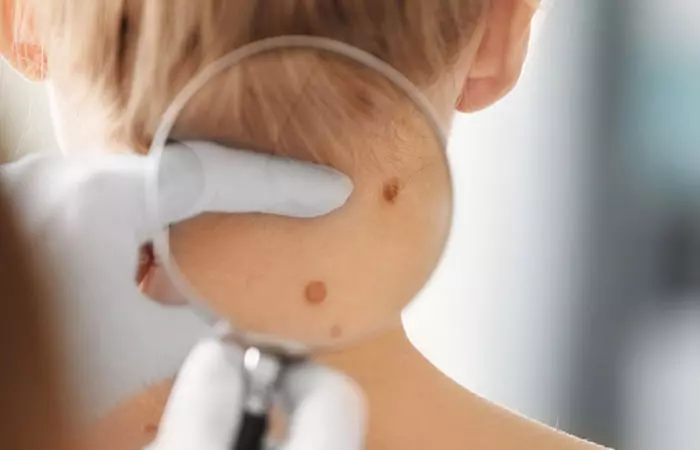
Note: Please do not try to treat skin peeling on your own. If you notice any inflammation, please consult a dermatologist.
- You notice excessive peeling paired with heavy bleeding or inflammation
- You feel disoriented along with skin peeling
- Skin continues to peel even after treatment
- Nausea with skin peeling
- Heavy blistering with radiating heat paired with the peeling skin
- Dry eyes or blurred vision
- Hives or a high fever
- Joint pains, swollen lymph nodesi Clusters of cells that act as filters throughout the body to trap bacteria, viruses, and other microorganisms that may cause infections. , or seizures
- Difficulty in breathing, diarrhea, or vomiting
- Sores and lesionsi Malignant or benign damage or abnormalities in the tissues caused by an illness or trauma.
- Skin discoloration
- Bacterial or fungal infections
While severe skin peeling should be treated by a doctor, usual skin peeling due to dryness or sun exposure can be managed.
Here are a few tips:
Tips To Help Manage Skin Peeling
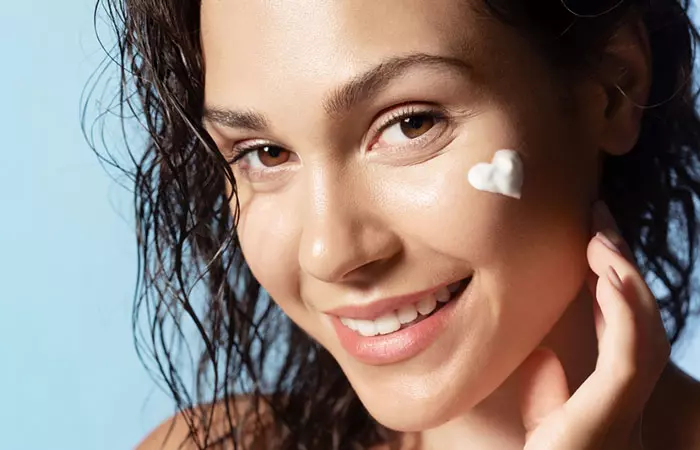
- If the peeled skin appears as simple dry flakes with no inflammation, you can use a moisturizer or hydrator to add water to the skin.
- Certain over-the-counter products can help treat sunburn skin peeling and shedding of dry skin. Use SPFi A measurement of how much UV radiation can cause sunburns on sunscreen-applied skin. The higher the SPF number, the greater the sun protection for skin. to protect your skin from UV exposure. Drink lots of water and have a healthy diet.
- If you notice your skin sloughing after using a particular product, stop use and consult your doctor.
- If you notice your skin peeling or casting off after starting a new medication, you can get a skin scraping test done and consult your doctor for alternatives.
- Use mild and gentle products that would work even for sensitive skin. Opt for products with fewer chemicals or harsh ingredients. You may also pick products with natural ingredients to protect your skin from photodamage.
In addition to these tips, you may also treat a less severe form of skin peeling by following these natural home remedies.
How To Naturally Reduce/Manage Skin Peeling
Note: Please do not use these ingredients without consulting your doctor.
1. Coconut Oil For Peeling Skin
Suitable For
All kinds of peeling skin.
You Will Need
Coconut oil
Time
2 minutes
Method
- Take a cool shower to let your skin cool.
- Once dry, apply the coconut oil onto your skin.
- Massage gently for a couple of minutes.
- Leave the oil on.
How Often?
Whenever your skin starts to feel aggravated.
Why This Works
Coconut oil is great for people suffering from skin conditions. The oil helps soothe the skin while also moisturizing and nourishing it. Its high content of saturated fats helps heal your skin by replenishing moisture. It also relieves itching and peeling.
2. Cocoa Butter For Peeling Skin
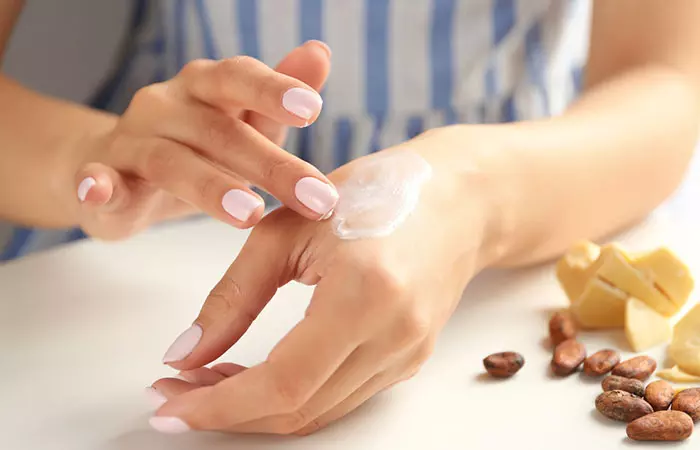
Suitable For
All kinds of peeling skin.
You Will Need
Cocoa Butter
Time
2 minutes
Method
- Take a cool shower to let your skin cool.
- Once dry, apply the coconut oil onto your skin.
- Massage gently for a couple of minutes.
- Leave the oil on.
How Often?
Whenever your skin starts to feel aggravated.
Why This Works
Cocoa butter is an amazing skin moisturizer. It also helps soothe aggravated and peeling skin. The butter is known to heal cracked and dry skin.
3. Sugar Scrub For Peeling Skin
Suitable For
Dry skin, sunburns, and chemical burns. Use this scrub once your skin has calmed and is starting to heal.
You Will Need
- 2 tbsp brown sugar
- 1 tbsp granulated sugar
- ½ cup coconut oil (solid)
Time
5 minutes
Method
- Combine the ingredients until you get a smooth mixture.
- Apply the mixture onto the peeling area.
- Massage gently in circular motions to exfoliate.
- Rinse with warm water.
How Often?
2-3 times a week.
Why This Works
This sugar scrub will help get rid of all the peeling, dead skin cells, leaving your skin feeling baby soft. This scrub is not recommended for people with skin conditions. Also excessive scrubbing may cause shearing, irritation, inflammation, or scarring.
4. Oatmeal Scrub For Peeling Skin
Suitable For
Dry skin, sunburns, and chemical burns. Use this scrub once your skin has calmed down and is starting to heal.
You Will Need
- 2 tbsp powdered oatmeal
- 1 tbsp fine sugar
- 1 tbsp sugar
Time
5 minutes
Method
- Combine the ingredients to get a coarse mixture.
- Apply this mixture onto the affected area.
- Gently massage in circular motions to help exfoliate your skin.
- Leave the mixture on for a couple of more minutes.
- Rinse off with cool water.
How Often?
2-3 times a week.
Why This Works
This exfoliation mix helps gently exfoliate your skin, revealing a fresh and healthy layer. This will help keep your skin from looking dry and can also tackle the unsightly appearance of peeling skin.
5. Olive Oil For Peeling Skin
Suitable For
All kinds of peeling/aggravated skin.
You Will Need
Olive oil
Time
5 minutes
Method
- Slightly warm the olive oil (unless the burn is fresh).
- Apply the oil onto the affected areas.
- Massage for a couple of minutes.
- Leave the oil on.
How Often?
Thrice a day.
Why This Works
Olive oil is a rich source of fatty acids that help moisturize dry skin. Its high content of antioxidants helps fight skin damage, keeping your fresh layer of skin healthy.
6. Baby Oil For Peeling Skin
Suitable For
All kinds of peeling skin.
You Will Need
Baby oil
Time
2 minutes
Method
- 1. Take a cool shower to let your skin cool.
- Once dry, apply the baby oil onto your skin.
- Massage gently for a couple of minutes, and then leave the oil on.
How Often?
Whenever your skin starts to feel aggravated.
Why This Works
This soothing remedy is especially ideal for people with sensitive skin. The baby oil feels extremely soothing on your skin and is light enough to not cause more irritation. It helps soothe your skin while keeping it moisturized.
7. Vaseline For Peeling Skin
Suitable For
All kinds of peeling skin.
You Will Need
Vaseline
Time
5 minutes
Method
- Wash your skin with cool water and pat dry with a towel.
- Apply the vaseline onto the affected areas.
- Leave it on.
How Often?
Whenever your skin starts to feel aggravated.
Why This Works
Vaseline helps form a protective barrier around your skin that helps keep dirt, oil, and moisture in. This helps create an ideal environment that allows your skin to heal.
8. Aloe Vera For Peeling Skin

Suitable For
All kinds of peeling skin.
You Will Need
2 tbsp fresh aloe vera gel
Time
5 minutes.
Method
- Apply the aloe vera gel onto the affected area.
- Allow it to dry.
- Once dry, rinse off with warm water.
How Often?
Whenever your skin starts to feel aggravated.
Why This Works
Aloe vera is 99% water and has a cooling effect on your skin. It helps soothe the peeling and aggravated skin while moisturizing and nourishing it. It also helps reduce irritation, itching, and inflammation.
9. Epsom Salt For Peeling Skin
Suitable For
All kinds of peeling skin.
You Will Need
- 1 cup Epsom salt
- A warm bath
Time
30 minutes 1 hour
Method
- Draw a warm bath and add the Epsom salt to it.
- Soak in the bath for 30 minutes to an hour.
- Pat yourself dry with a towel.
How Often?
1-2 times a day.
Why This Works
Epsom salt helps exfoliate your skin while nourishing it with minerals. It also has a soothing effect on aggravated skin and provides relief from skin conditions such as eczema and psoriasis.
10. Glycerin For Peeling Skin
Suitable For
Dry skin, sunburns, and chemical burns.
You Will Need
- 2 tbsp glycerin
- 4 tbsp pure rose water
- Spray bottle
Time
2 minutes
Method
- Mix the glycerin and rose water until they are well combined.
- Pour the mixture into a spray bottle.
- Spray this onto the affected areas of your skin.
How Often?
Whenever your skin starts to feel aggravated.
Why This Works
This mixture is light and helps keep your skin moisturized for long hours. It is super convenient to use as you can spray it on as and when you need it.
11. Lemon Juice For Peeling Skin
Suitable For
Peeling skin that is not inflamed/aggravated.
You Will Need
- 1 tbsp lemon juice
- 1 tbsp olive oil
- ½ cup sugar
- 1 tbsp honey
Time
5 minutes
Method
- Combine all the ingredients until you get a coarse mixture.
- Massage gently in circular motions for a couple of minutes.
- Rinse off with cool water.
How Often?
2-3 times a week.
Why This Works
Lemon juice is a potent astringent that helps get rid of dead skin cells. This helps reduce the appearance of peeling.
12. Milk For Peeling Skin
Suitable For
All kinds of peeling skin.
You Will Need
- 1 cup ice-cold milk
- Washcloth
Time
10 minutes
Method
- Refrigerate some milk until it is ice-cold but still liquid.
- Soak a washcloth in this cold milk.
- Place the washcloth over the affected area of your skin.
- Leave it on for 10 minutes.
- Wash your skin with cool water.
How Often?
Thrice a day.
Why This Works
Milk is a natural moisturizer, and its lactic acid content helps soothe irritation and itching.
13. Vitamin E Oil For Peeling Skin
Suitable For
All kinds of peeling skin.
You Will Need
Vitamin E oil capsules
Time
2 minutes
Method
- Poke holes in the capsules and squeeze out the oil.
- Apply this oil onto the affected areas.
- Leave it on.
How Often?
1-2 times a day.
Why This Works
There are multiple benefits of Vitamin E oil capsules for the skin. Not only does it soothe your skin, but it also fights off skin damage with its high antioxidant content. The oil also helps heal and fade scars.
14. Yogurt For Peeling Skin
Suitable For
All kinds of peeling skin.
You Will Need
- 2 tbsp yogurt
- 2 tbsp honey
Time
20 minutes
Method
- Combine the ingredients until you get a smooth mixture.
- Apply the mixture onto the affected areas.
- Let it dry.
- Rinse off with warm water.
How Often?
1-2 times a day.
Why This Works
Yogurt is one of the most soothing ingredients you could use to heal peeling skin. It has a cooling effect on the skin and also contains enzymes, minerals, and acids that assist in the healing of peeling skin.
 Quick Tip
Quick TipWhen Is Skin Peeling Good For You
If you use too many products on your skin or are outdoors often, your skin collects dirt and product residue. This build-up eventually clogs pores. Using a chemical peel can help remove this heavy layer of dead skin cells, dirt, product residue, pollution, and skin damage, leading to its stripping and shedding over time. Chemical peels are also used to reduce aging signs like wrinkles, fine lines, and age spots (9). They can even reduce photodamage.
But exercise caution. Some chemical peels might not suit your skin type and can cause burning sensations, swelling, redness, severe peeling, and inflammation. If you notice any of these symptoms, stop using the chemical peel immediately and consult a doctor.
Akanksha Kommirelly, a blogger, shares on her personal blog her experience of getting a chemical peel done: “My acne has been under control but there’s a lot of scarring that I want to get rid of. So the doctor here suggested that I go with a yellow peel (i).” She adds, “The procedure was quite simple, they just cleansed my skin, and went in and applied this solution, the vitamin A solution, basically retinol which helps peel the skin, like she added some kind of cream or moisturizer to the skin, and literally, that was it.”
Most of us notice the skin near our nails peeling off often. If you are curious to know why this happens, scroll down.
Skin Peeling Near The Nails
Skin peeling near the nails can be attributed to several causes. Environmental factors like dry weather and harsh climates can strip the skin’s moisture. This leads to dry and scaly skin, resulting in peeling. Habits such as biting your nails may damage cuticles and skin, triggering infections. Rough handling during manicures or pedicures can cause peeling. Additionally, skin disorders, such as psoriasis and eczema, may lead to peeling. Harsh chemicals found in soaps or nail products may cause skin irritation, leading to scratching off skin. Most of these symptoms can be managed by home remedies, but it’s important to consult a dermatologist if symptoms persist or worsen, as underlying health conditions might be at play.
Infographic: Mistakes To Avoid If You Have Skin Peeling Condition
Skin peeling can be painful and may affect a lot of people. Sun exposure, water retention, and other medical conditions can cause this. However, you can manage it effectively if you know how to take care of your peeling skin.
Check out the infographic below to know the skin care mistakes to avoid if you have this condition. Illustration: StyleCraze Design Team

Skin peeling can be a difficult problem to cope with. Though most cases are caused by dryness or exposure to the sun, they can also be caused by any severe health conditions. It can be uncomfortable at times, but with the tips and solutions mentioned above, you may be able to relieve the inflammation and lessen the peeling. However, before using any of the remedies recommended in this article, visit your doctor. If your skin peeling is extreme, these solutions may not be enough, and you should seek medical help. In severe cases, where the peeling is caused by a medical condition, your doctor may recommend medications to reduce inflammation, or procedures such as chemical peels, or laser resurfacing to promote skin cell regeneration and detachment.
Frequently Asked Questions
How long does skin peeling take to stop?
Peeling caused by burns, chemicals, or topical treatments can take about a week to stop. The removal of damaged skin is important to prevent any aggravation. Using the scrubs and exfoliants listed in this article will help treat the issue faster, skin renewal, restoration and rejuvenation too. Peeling caused by skin conditions may take days or weeks to stop unless you intervene with soothing treatments.
What are the common areas where the skin starts to peel?
Your skin can start peeling from anywhere on your body, be it your hands, your face, back, or feet. For people with psoriasis, some common spots are the inner sides of the elbows, knuckles, and areas between fingers and toes. The peeling can also start on your arms or face. The skin peeling on the face is often caused by sunburn.
How does skin peeling differ from other common skin conditions, such as dryness or flakiness?
Skin peeling can occur due to dryness, but it impacts the skin in a way in which big, wide top layers of the skin peel away. This condition can also hint at underlying medical conditions. On the other hand, mild dryness and flakiness can make the skin rough and itchy with no visible peeling. This may be simply because the skin is dehydrated.
How long does it take for skin to heal after peeling, and what can be done to speed up the healing process?
While severe peeling could last for 7 to 10 days, slight peeling could continue for several days to weeks. It is best to let the skin recover for 3 to 5 more days once the peeling stops after treatments. Staying hydrated, moisturized, using anti-inflammatory treatments, avoiding the sun and environmental pollution can speed up the healing process.
Will my skin be more sensitive to sunlight after it has peeled?
Yes. Once your skin is done molting and new skin is exposed, it is vulnerable to all elements, specifically the heat and ultraviolet rays from the sun. Avoid sun exposure as much as possible, and use a broad spectrum sunscreen 15 minutes before stepping out. Re-apply your SPF every two hours when outdoors.
How can I minimize scarring after skin peeling?
Avoid itching the skin while it’s healing as it can lead to scabbing and increase the risk of scarring. Exposure to the sun can lead to hyperpigmentation, so try to avoid it as much as possible. Remember to moisturize frequently and use soothing skin care ingredients, such as niacinamide, ceramides, or cica.
Key Takeaways
- Skin peeling is a mild skin condition where the upper skin layers dry out and start to wear off.
- It is caused by genetics, skin damage, or underlying diseases.
- Conditions like corneocytes and water retention can also lead to skin peeling.
- Some effective remedies include applying coconut oil, olive oil, Vaseline, aloe vera gel, and yogurt.
Illustration: Skin Peeling: Causes Symptoms And How To Reduce It
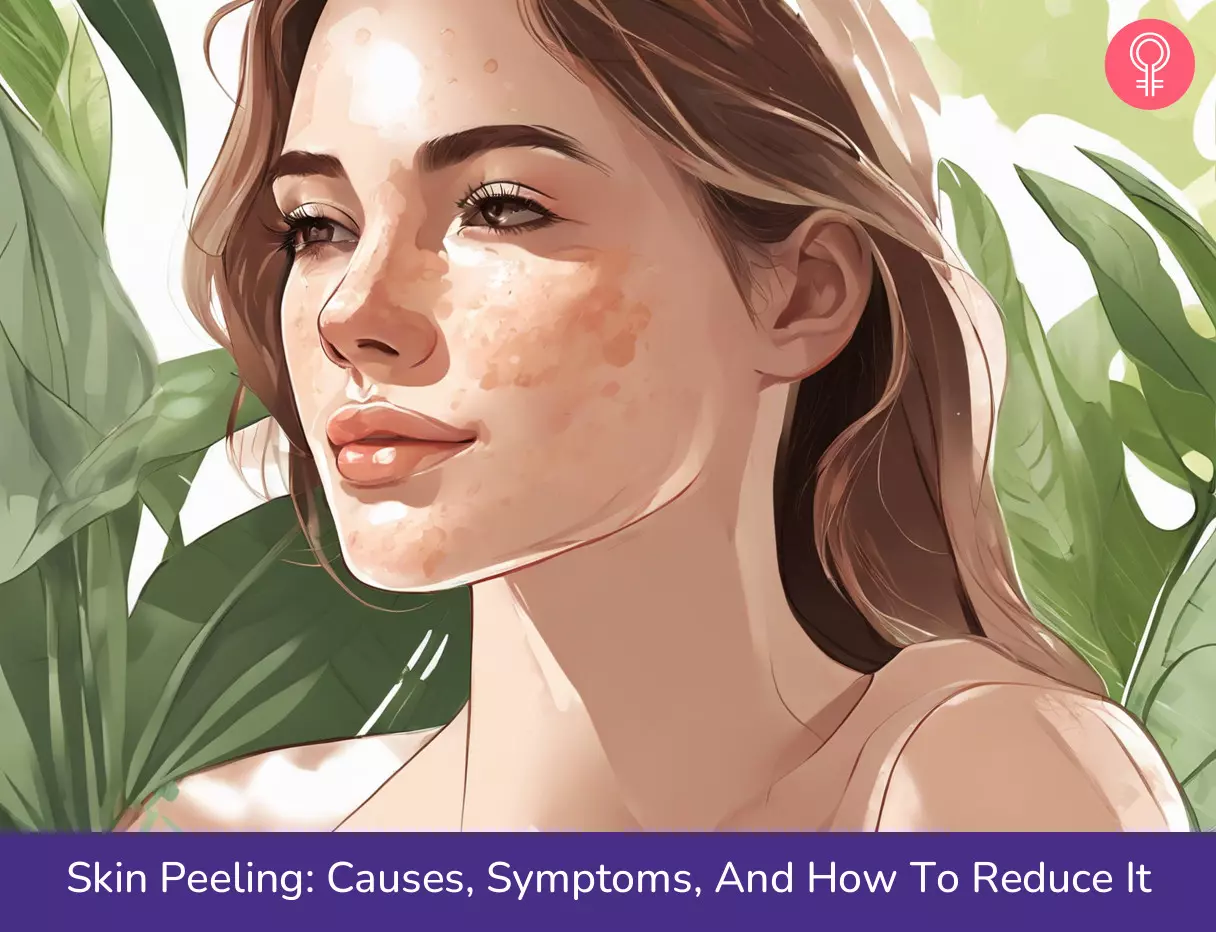
Image: Dall·E/StyleCraze Design Team
Learn how to treat peeling skin on your face. Check this interesting video to get tips on how to soothe and nourish your skin for a healthy, glowing complexion.
Personal Experience: Source
StyleCraze's articles are interwoven with authentic personal narratives that provide depth and resonance to our content. Below are the sources of the personal accounts referenced in this article.
i. I got a chemical peel for acne scars|| Skin peeling || Experiencehttps://www.youtube.com/watch?v=Lo7kSCP9zRs
References
Articles on StyleCraze are backed by verified information from peer-reviewed and academic research papers, reputed organizations, research institutions, and medical associations to ensure accuracy and relevance. Read our editorial policy to learn more.
- Dry Skin, Moisturization and Corneodesmolysis
https://onlinelibrary.wiley.com/doi/10.1046/j.1467-2494.2000.00001.x - Peeling Skin Disorders: a Paradigm for Skin Desquamation
https://www.sciencedirect.com/science/article/pii/S0022202X18320426 - Acral Peeling Skin Syndrome: an Underdiagnosed Skin Disorder
https://ijdvl.com/acral-peeling-skin-syndrome-an-underdiagnosed-skin-disorder/ - Peeling Skin Syndrome: an Investigational Dilemma
https://www.ijord.com/index.php/ijord/article/view/766 - Peeling Skin Syndrome
https://rarediseases.org/rare-diseases/peeling-skin-syndrome/ - Skin Damage Among Health Care Workers Managing Coronavirus Disease-2019
https://www.jaad.org/article/S0190-9622(20)30392-3/pdf - Preliminary Study on the Skin Lightening Practice and Health Symptoms Among Female Students in Malaysia
https://downloads.hindawi.com/journals/jeph/2015/591790.pdf - Hair, Nails, and Skin: Differentiating Cutaneous Manifestations of Micronutrient Deficiency
https://aspenjournals.onlinelibrary.wiley.com/doi/10.1002/ncp.10321 - Exfoliative Skin-Peeling, Benefits from This Procedure and Our Experience
https://www.ncbi.nlm.nih.gov/pmc/articles/PMC4720453/ - Skin and Nail Changes during Cancer Treatment
https://www.cancer.gov/about-cancer/treatment/side-effects/skin-nail-changes#:~
Read full bio of Daniela Burchhardt
Read full bio of Anjali Sayee
Read full bio of Ramona Sinha
Read full bio of Swathi E






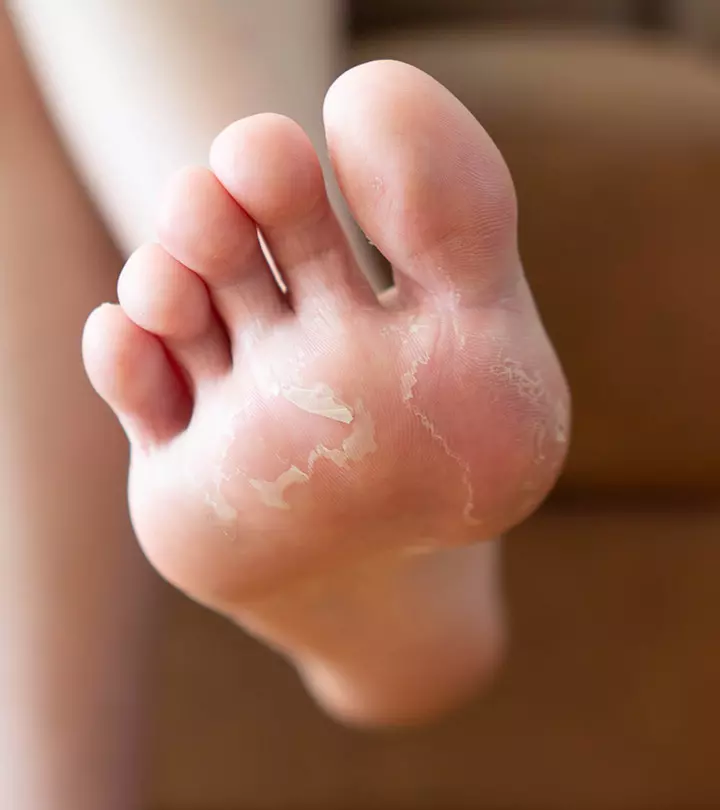

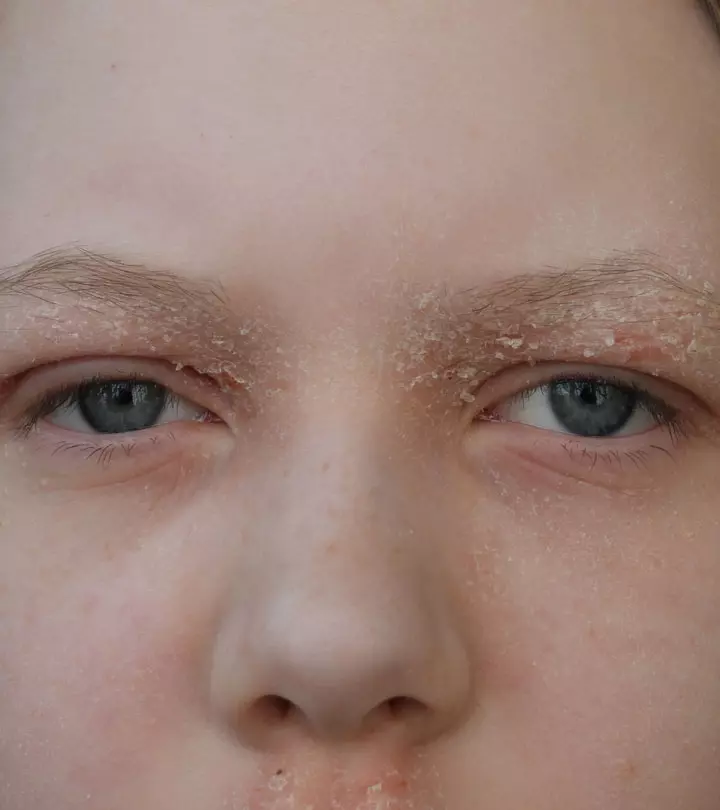

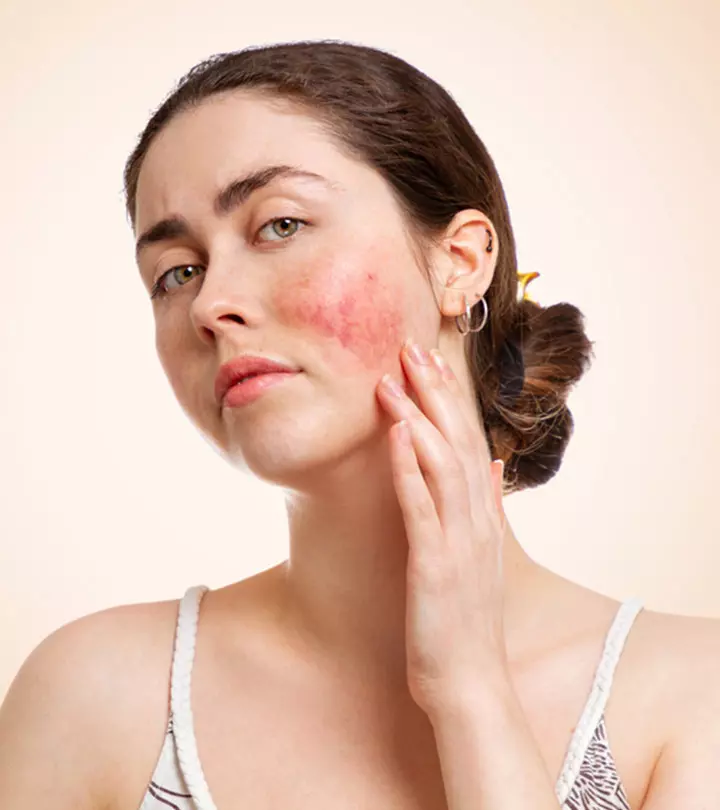

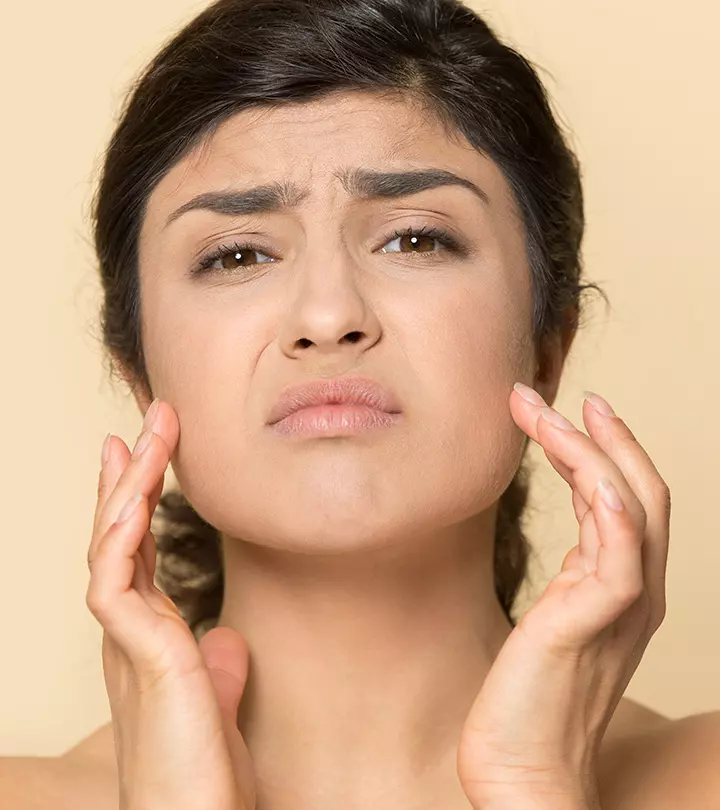
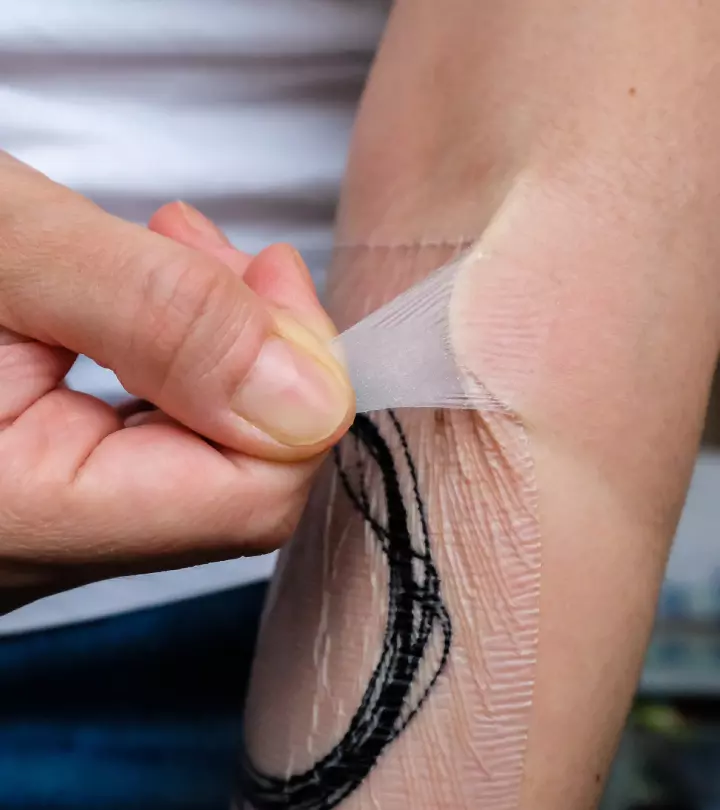
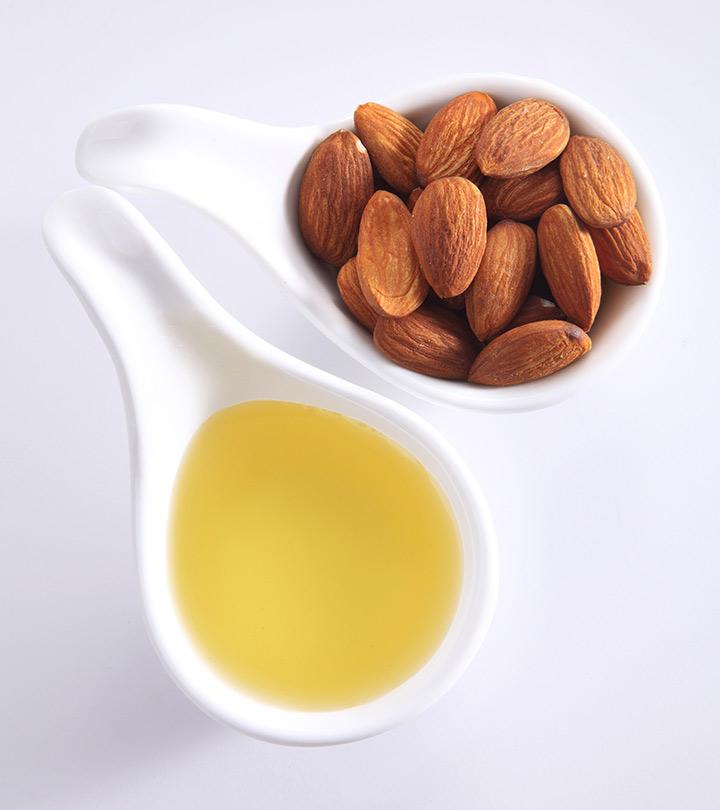

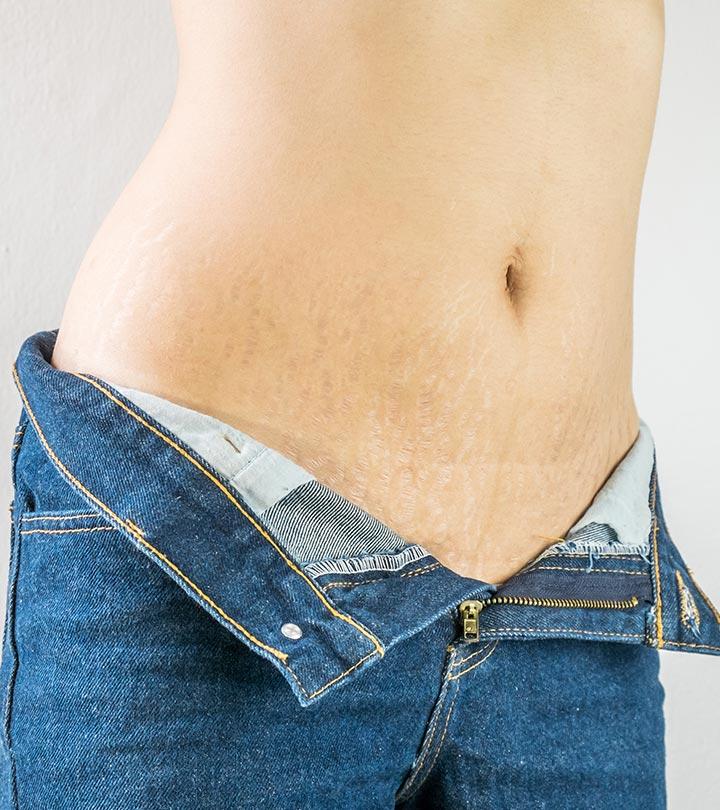




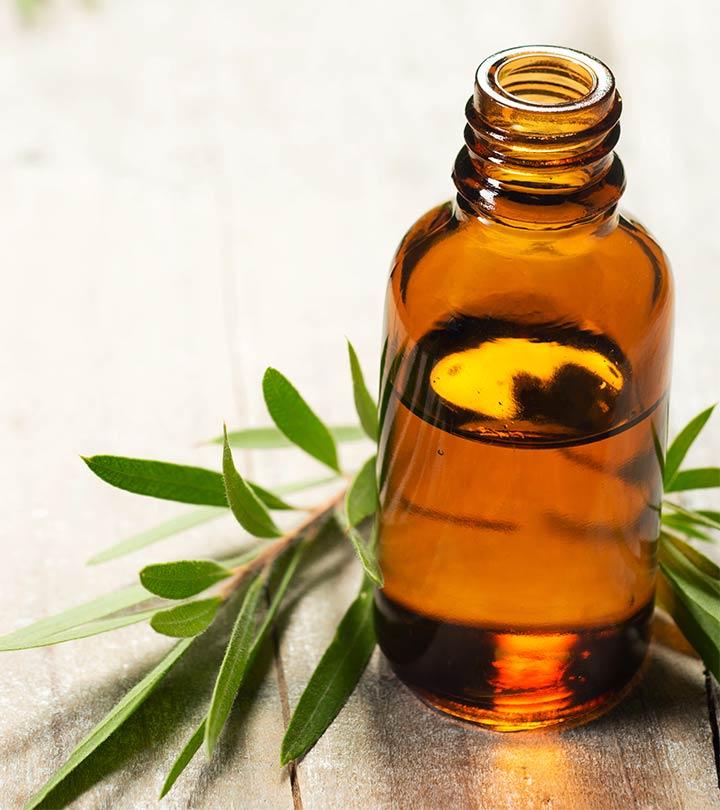
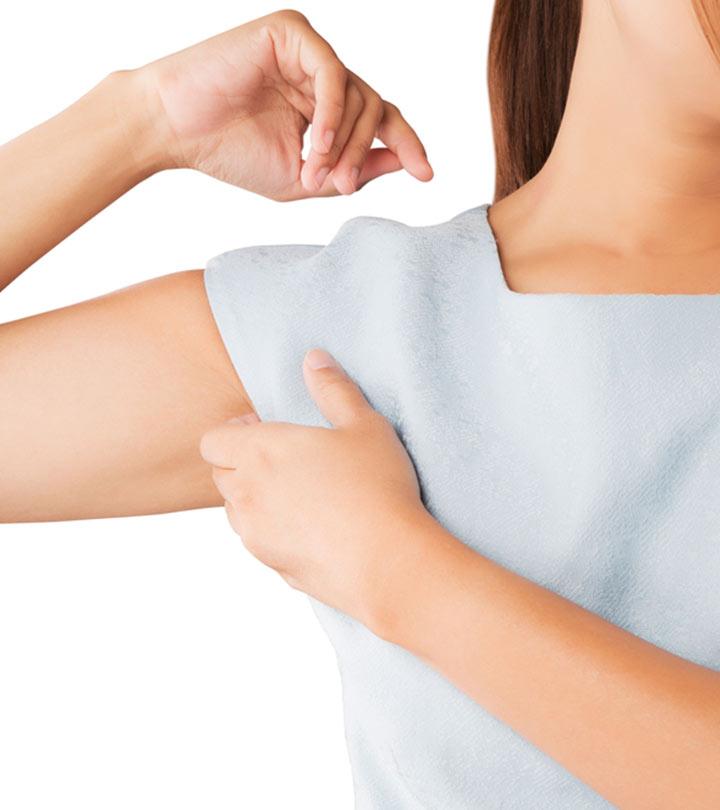
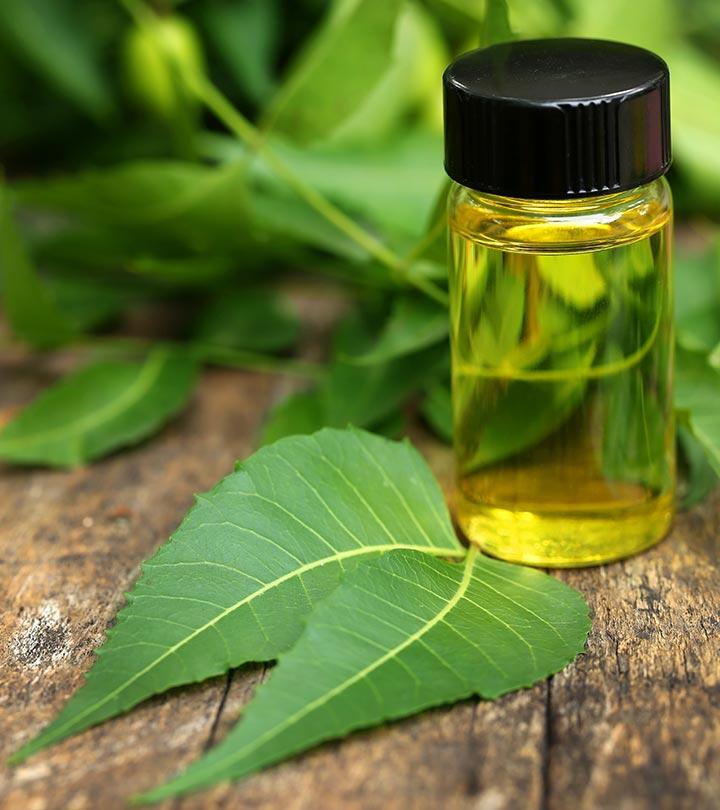
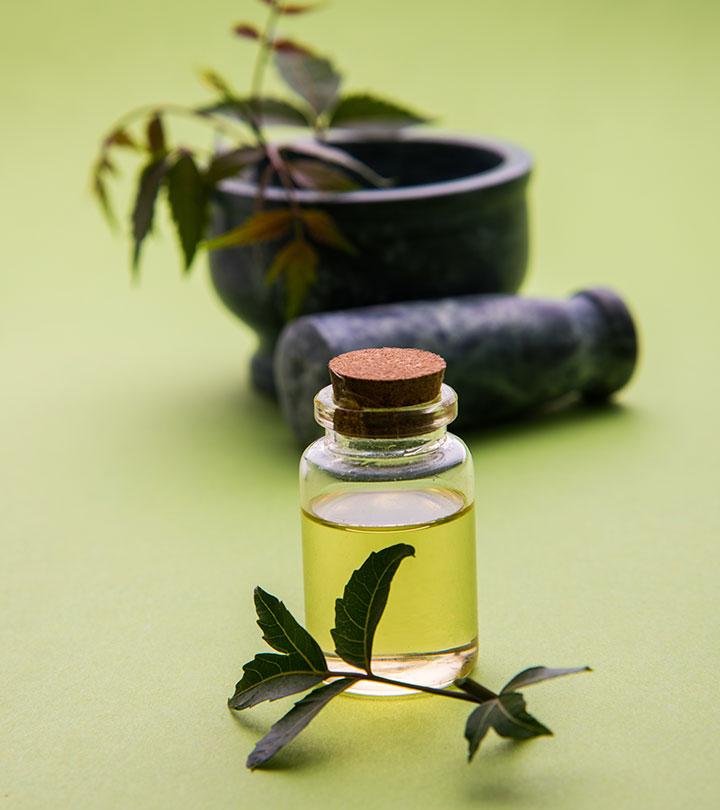
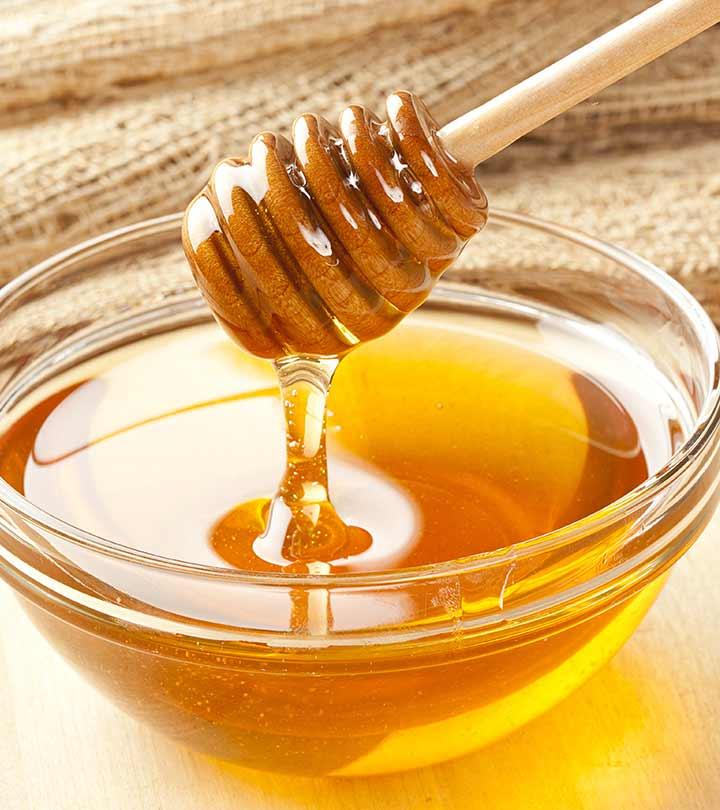
Community Experiences
Join the conversation and become a part of our empowering community! Share your stories, experiences, and insights to connect with other beauty, lifestyle, and health enthusiasts.